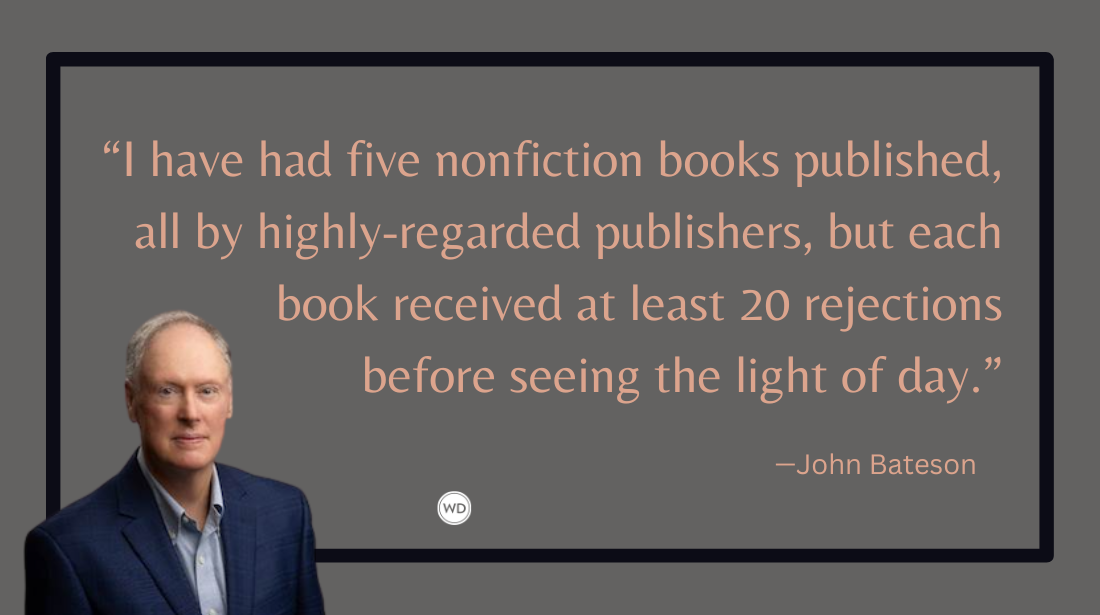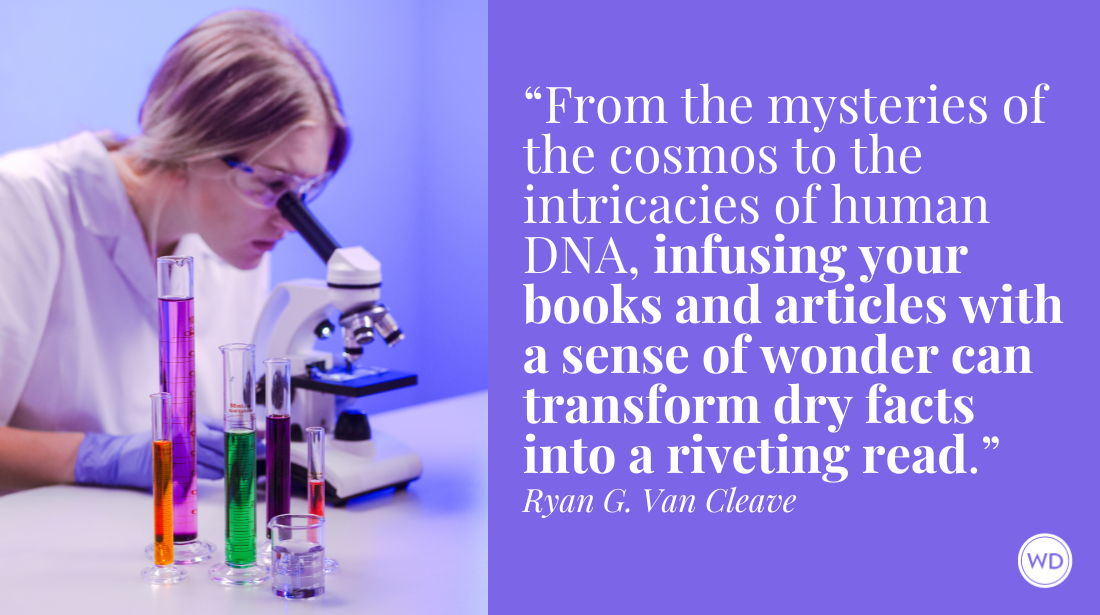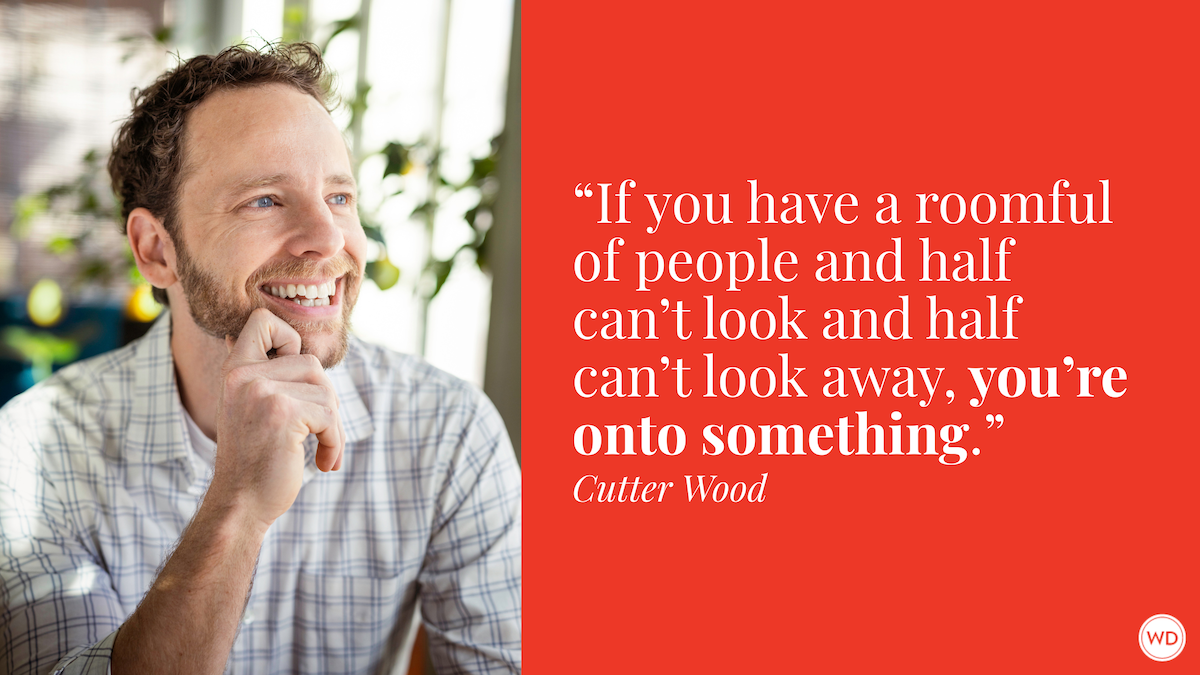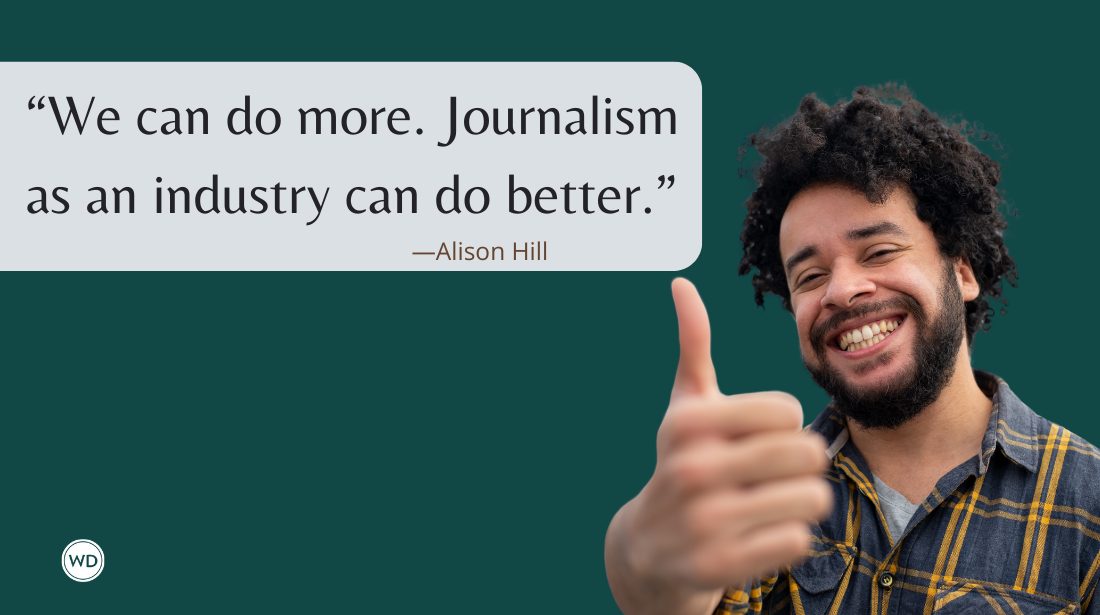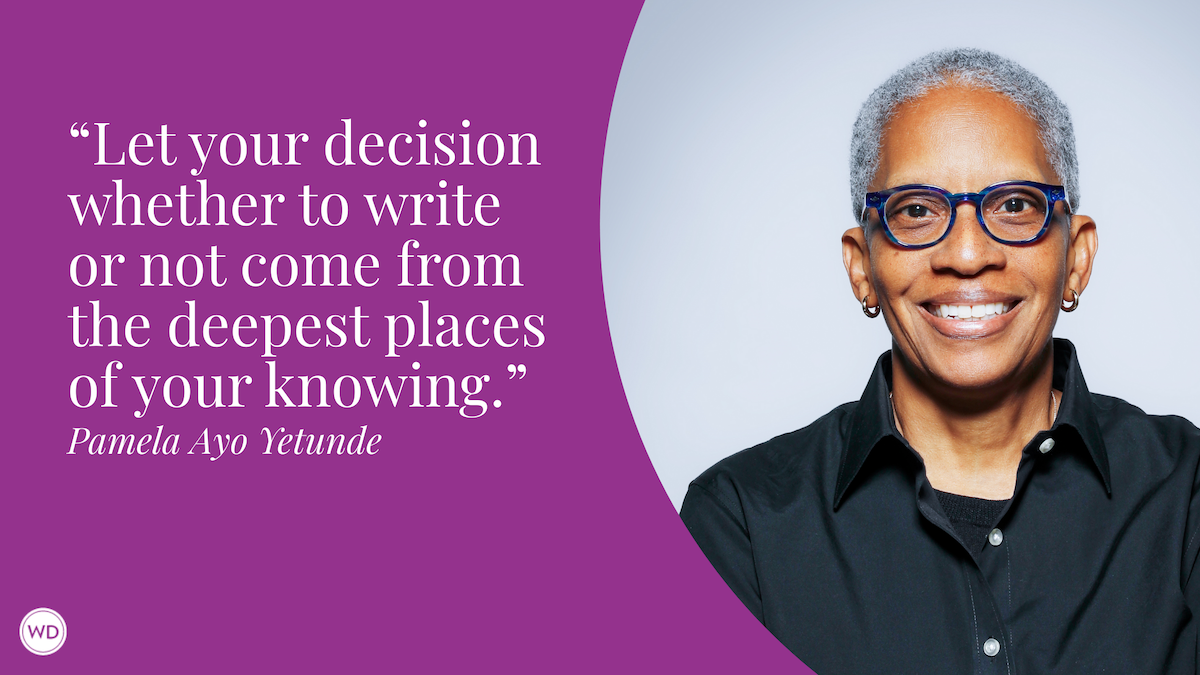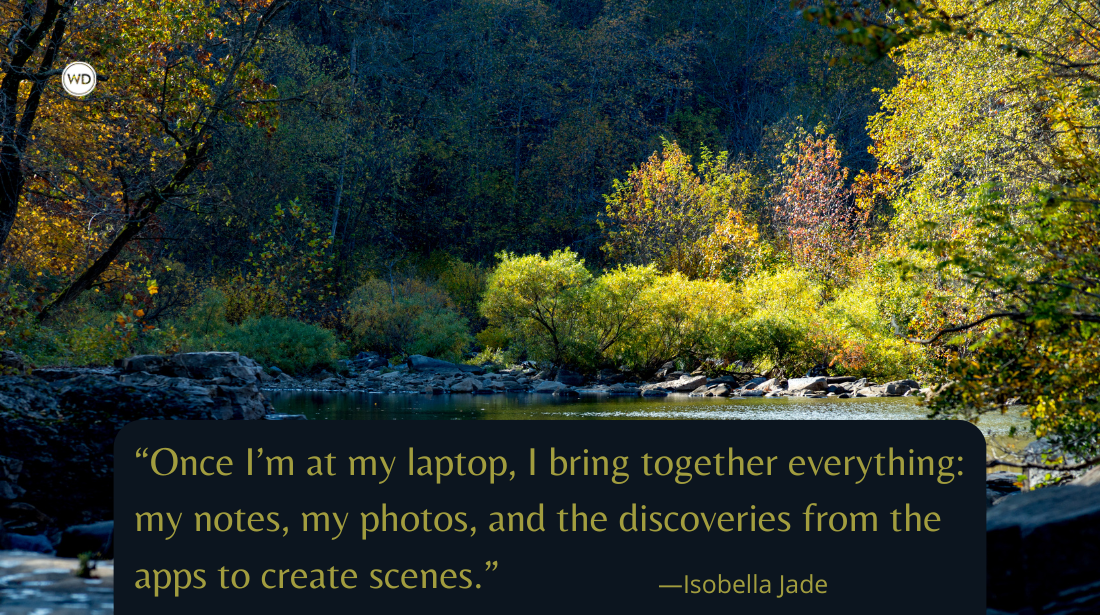7 Things I’ve Learned So Far, by Jody M. Roy
Outside of personal experience, the best way to learn is to get advice from people who’ve been there and done that. Discover the seven things learned so far by author Jody M. Roy.
This is a recurring column called “7 Things I’ve Learned So Far,”where writers (this installment written by Jody M. Roy, author of AUTOBIOGRAPHY OF A RECOVERING SKINHEAD) at any stage of their career can talk about writing advice and instruction as well as how they possibly got their book agent -- by sharing seven things they’ve learned along their writing journey that they wish they knew at the beginning.
1. It’s about your writing, not you! It’s very easy to take editors’ and reviewers’ comments personally; in fact, it’s natural. But if you allow yourself to bog down in emotional reactions to the comments, you won’t grow as a writer. I give myself a set time-frame: no more than 24 hours to fume. Then I set my emotions aside and get to work.
2. Editorial notes are both an immediate to-do list and a long-term lesson plan. I first transform editorial notes into a very specific checklist for my work in the coming hours or, as the case may be, weeks. Then I dive into the work, one tiny to-do at a time, until every single item has been completed. If I stop there, I make my editor happy. However, if I take the process one step farther, I grow as a writer. Once I’ve completed a round of revisions, I cull any editing notes that are not completely unique to the work at hand and rewrite them into guidelines that will inform my future projects. Over time, I internalize the lessons and develop new skills.
3. I am the expert on the content, which means I cannot be the expert on the clarity. Whether I’m writing scholarly arguments or developing characters in creative nonfiction, I know my content intimately. As a result, I know what I mean, and that means at a certain point I am incapable of assessing the clarity of the piece, of knowing what critical information I’m leaving out, of judging the work’s accessibility for my target audience. After years spent inside a topic area or storyline, an author loses the ability to do a “clean” read of their own work because they fill in the gaps automatically. I find that the more experience I gain as a writer, the farther into the revision process I can take myself, but there always comes a point past which I need other people’s feedback, in particular to gauge the clarity issue.
Order Autobiography of a Recovering Skinhead by Jody M. Roy.
4. If a cut doesn’t hurt, it’s not deep enough. I wish this weren’t true, but it is. A piece is always stronger after a good pruning. If an argument, character, scene, or individual word isn’t necessary, if it doesn’t contribute in some way to the overall purpose of the piece, it needs to go. In revising Autobiography of a Recovering Skinhead: The Frank Meeink Story, 180 pages were sliced (yes, you read that right: pages, not words!) from the original draft. It about killed me, but those cuts streamlined the narrative, focused the characters, and, ultimately, made the book accessible to a wider audience.
5. Save your creativity for the manuscript; the query letter and proposal must conform to industry norms. An agent once commented that a proposal of mine was “fantastic.” I shared with her my “secret”: I bought a copy of Writers’ Market and followed the directions for how to write a proposal. Writing a book is a creative enterprise; presenting a book to agents and publishers is not. Do your homework to learn the conventions for proposals and queries, then submit only what an agent or publisher requests, not one word more.
6. Schedule writing time. Some people work best in short, daily increments. Others need long blocks of time. Know what works for you and then schedule your life around that pattern. If publishing is your goal, writing must become both your priority and your routine. Of course, some days the words simply won’t flow, but that’s no excuse not to work.
7. Create rituals. Some writers are as superstitious as major-league pitchers. I am one of them. I don’t believe my rituals work magical mojo on publishers (I wish!), but I know they help me focus and persevere, so I keep doing them. I have a particular pattern of laying out pages-in-progress while brewing coffee before I get to work in the evenings; that routine signals my brain to switch gears into writing mode. It’s not so much mystical as habitual. Another ritual I swear by is this: When I begin the submission process, I tape a note card to my computer screen that says, “No doesn’t hurt.” Whether I’m trying to place an article or sell a book, that note card does not come down until I sign a contract.
Jody M. Roy, Ph.D., (pictured with Frank Meeink) serves on the Board of Directors for the National Association of Students Against Violence Everywhere. Her publications include Autobiography of aRecovering Skinhead: The Frank Meeink Story as well as Love to Hate: America’s Obsession with Hatred and Violence.



